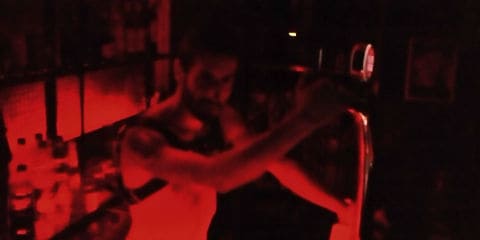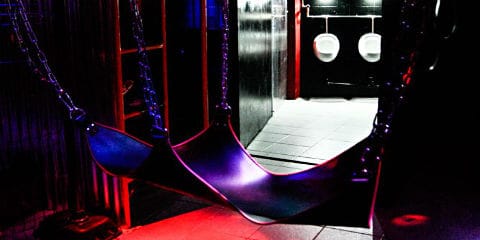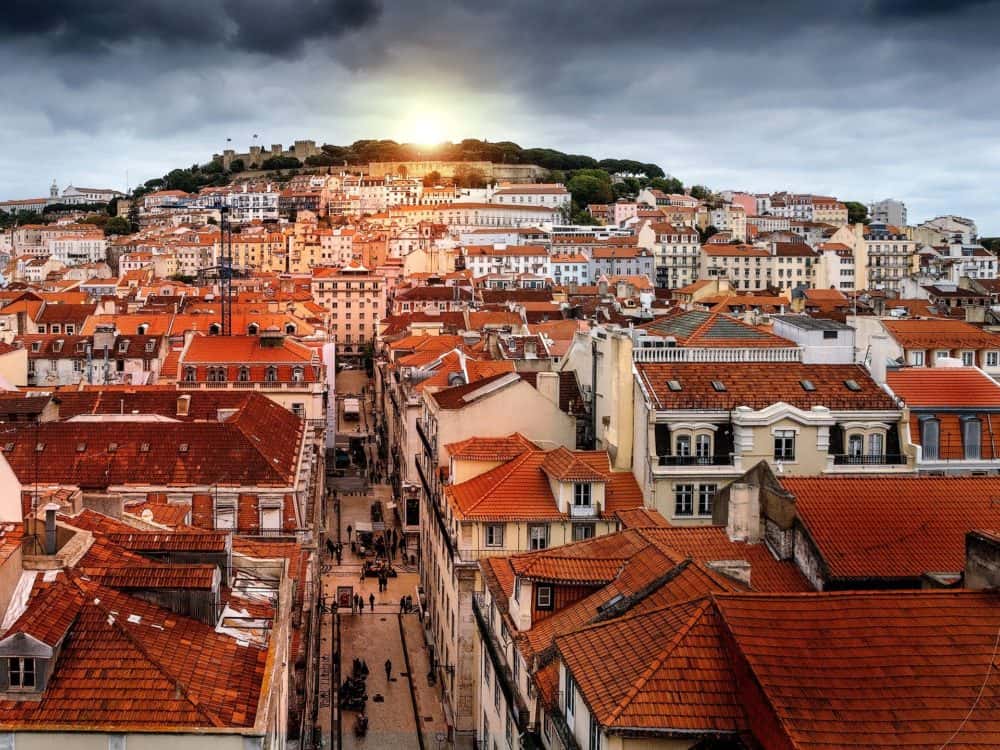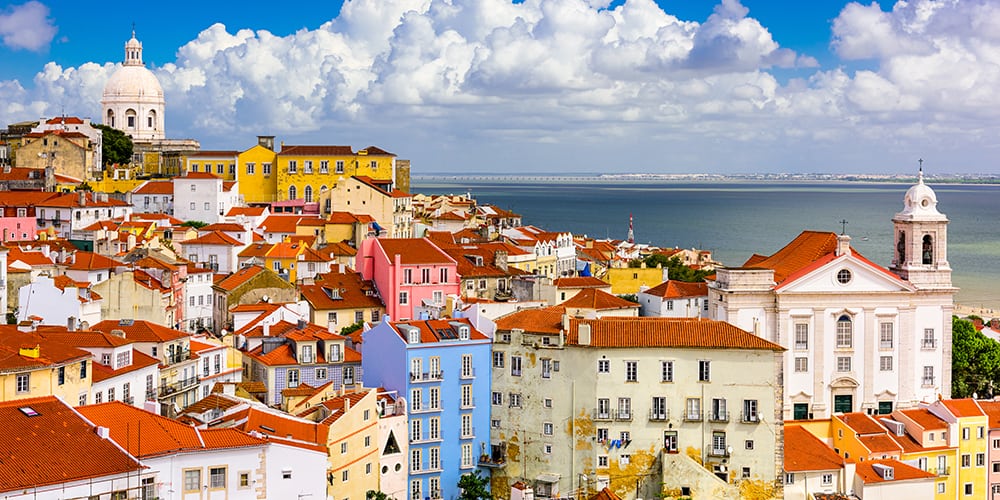
Things To Do in Lisbon
Discover Europe's rising city break destination
Lisbon has emerged as one of the most exciting cities in Europe. It attracts around 3 million tourists each year. Now is the best time to see it as it's in the process of being gentrified. Lisbon is still far more affordable than most major European capitals. You can enjoy the good life for much less. You can have a boozy three course meal and not dread the bill arriving.
The music scene in Lisbon has long been celebrated. Whiling away the hours in a dreamy Fado club is the way to go. Lisbon has a true bohemian feel. You’ll also find an excellent culinary scene. Once the capital of a maritime empire, Lisbon has many historic buildings, including Moorish ruins and Renaissance palaces.
The gay scene in Lisbon is well worth exploring too. Most of the gay bars in Lisbon are centred around two districts. Here are our Lisbon highlights.
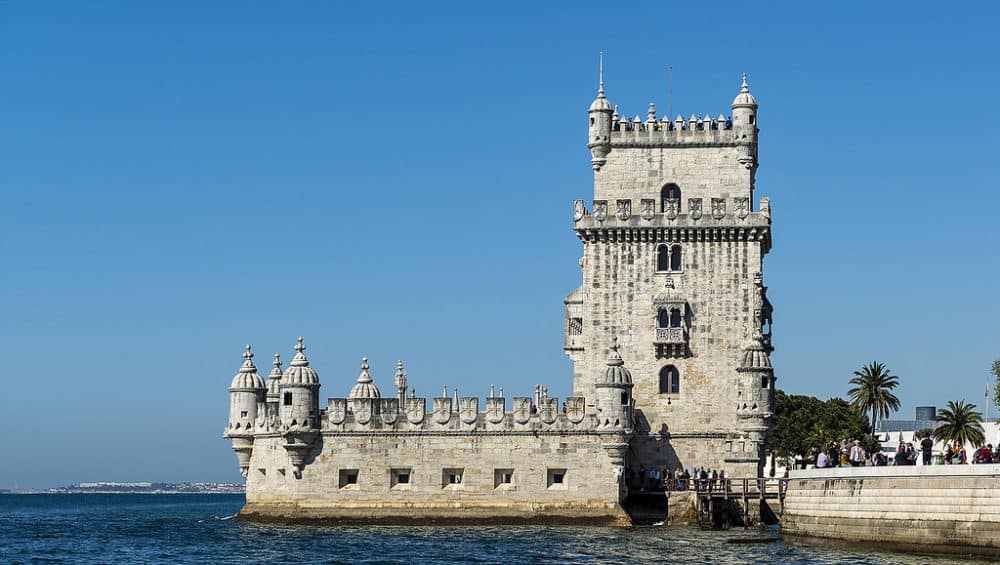
Belém Tower
This is an unmissable tourist attraction in Lisbon. It towers over the seafront and it’s probably the most iconic structure in the city. Its proximity to the ocean reflects Portugal’s maritime history and its key role in discovering the New World. Lisbon was an economic powerhouse in the 15th and 16th centuries following its overseas expansion.
Belém Tower is a unique blend of Moorish, Romanesque and Gothic influences. Take a stroll around and find somewhere nearby to have a drink.

Alfama District
Alfama is the oldest part of Lisbon. This part of Lisbon was founded by the Moors of North Africa. It's comprised of winding cobblestone streets. Alfama has a charming Old World feel. It was originally situated outside the city’s gates and it was considered to be a poor district. As Lisbon expanded, it retained its reputation as a poor area. In more recent years, it has emerged as a dynamic part of Lisbon, but it retains its own unique characteristics.
Some of Lisbon’s most important buildings can be found in Alfama, including Se Cathedral and Castelo de Sao Jorge. Show up in Alfama and walk. You’ll find plenty of cafes and restaurants to explore. It's also one of the best places to discover Fado music in Lisbon.
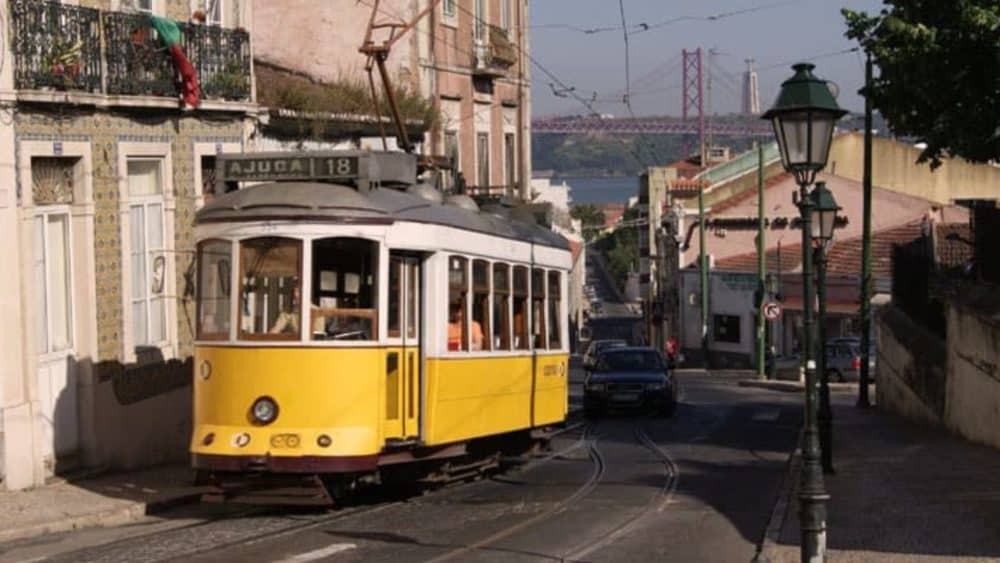
Ride the 28 Tram
This famous tram route passes through Alfama on its way up to São Jorge Castle. This tram route drives through some of Lisbon’s most exciting districts. These trams date back from the 1930s. As they ride through Lisbon’s winding streets, it can feel like you’re taking a trip back in time. One of the best ways to discover Lisbon is to hop on the 28 tram.

Day Trip To Sintra
Sintra is a charming resort town you can access on a 40-minute train ride from Lisbon. It’s full of pastel coloured buildings, palaces and the remains of a Moorish castle. It was once a royal sanctuary in the foothills of the Sintra Mountains. Shaded by the surrounding hills, it’s remote location made it ideal for Portugal’s elite. You’ll find some of the most charming buildings in Portugal in Sintra. If you’re spending a few days or more in Lisbon, a day trip to Sintra is a must.

Explore Lisbon’s Gay Scene
Lisbon is the gay capital of Portugal. Most gay bars and gay clubs in Lisbon can be found in the Bairro Alto and Príncipe Real districts. TR3S Lisboa is one of the most popular gay bars in Lisbon. It’s located right in the heart of the Principe Real district. If you’re looking to make a night of it you’ll find plenty of gay clubs to choose from.
The Late Birds Lisbon – Gay Urban Resort is a popular hotel choice - it’s one of the most booked European hotels on Travel Gay.
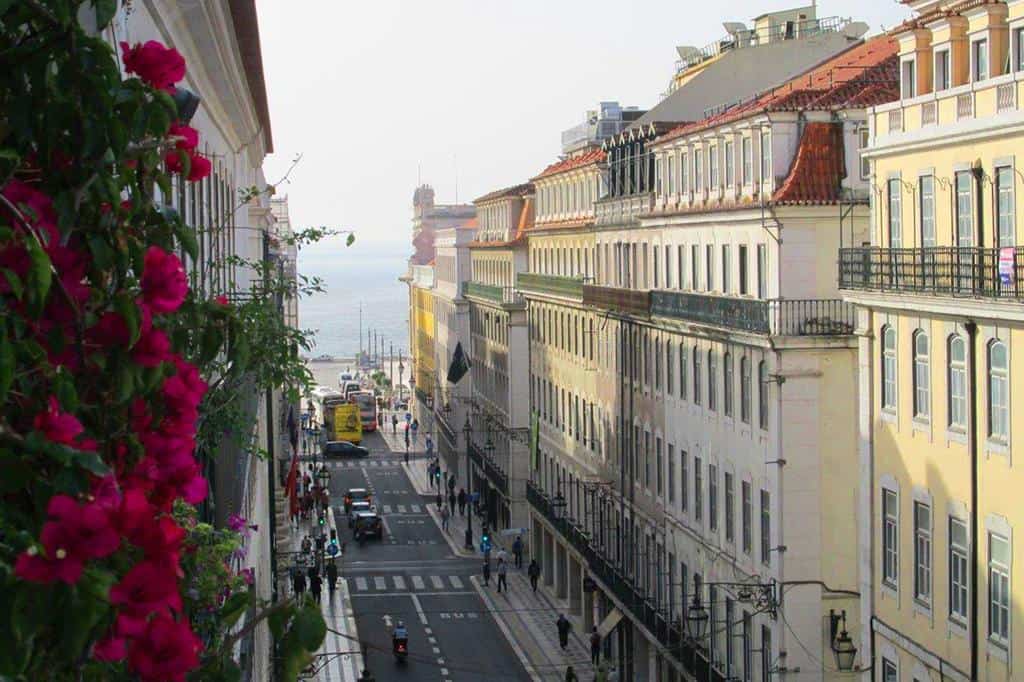
Baixa
Baixa is the heart of Lisbon. It’s full of plazas, long avenues and many shops. It’s the main commercial hub of the city. Baixa was famously rebuilt in the mid 18th-century by the Marquis of Pombal. It was destroyed by a devastating earthquake in 1755. The Marquis scrapped the winding medieval streets and rebuilt Baixa using a grind pattern. It made Lisbon far more modern and it retains the same layout to this day.
This is where to go if you’re looking for high end boutiques in Lisbon. The main hub of Baixa is the Praca do Comerico. It leads to the banks of the Tagus river.
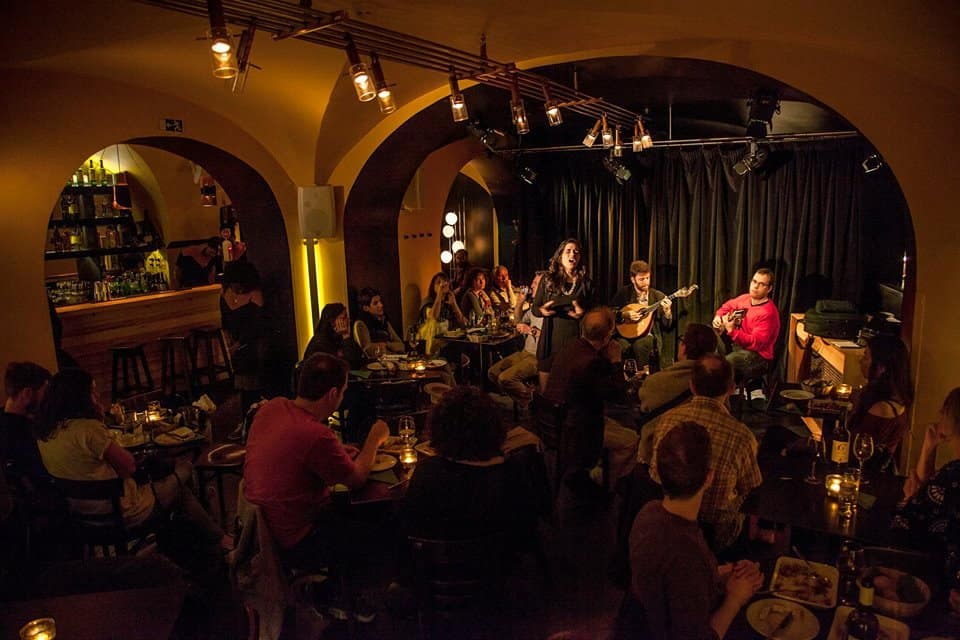
Fado
Portugal’s musical heritage is in no small part defined by Fado. The national music of Portugal is melancholic, dramatic and very distinctive. Madonna recently brought the style to wider attention on her divisive Madame X album - recorded after she relocated to Lisbon.
You can discover Fado in Lisbon is a more touristy setting or a more authentic one. In many restaurants you’ll listen to live Fado being played as it gets later.
Club de Fado has hosted many major Fado artists over the years - a good choice but more touristy. Over in the winding streets of Alfama, you’ll find Mesa de Frades - a more traditional establishment. It’s built in a former chapel and it has many of the original murals on the walls. It’s one of our favorite places to listen to Fado music in Lisbon.
Join the Travel Gay Newsletter
What's On Today
More Gay Travel News, Interviews and Features
The Best Tours In Lisbon
Browse a selection of tours in Lisbon from our partners with free cancellation 24 hours before your tour starts.

